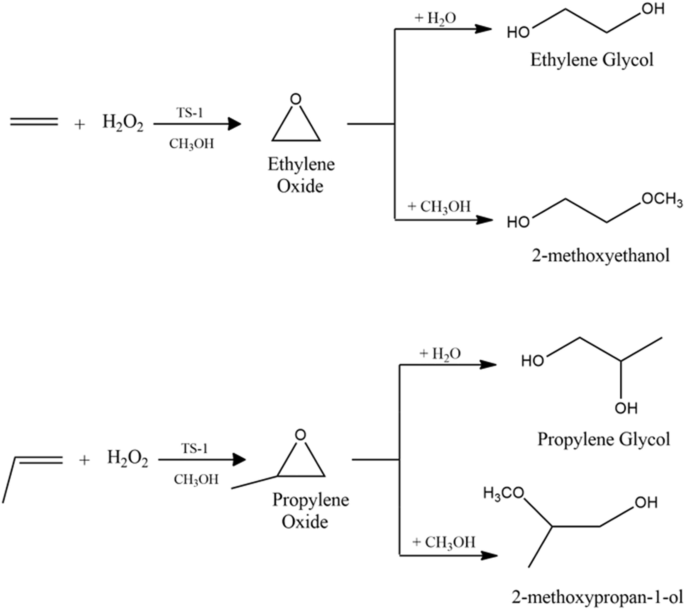Matias Alvear, Michele Fortunato, Kari Eränen, Juha Lehtonen, Sari Rautiainen, Martino Di Serio, Vincenzo Russo, Tapio Salmi
Catalysis Letters 2023
https://doi.org/10.1007/s10562-023-04459-z
Abstract
The direct epoxidation of mixed ethene and propene feedstocks using hydrogen peroxide over a titanium silicalite (TS-1)
catalyst was investigated within a continuous trickle bed reactor operating in laboratory scale. Methanol was employed as the
reaction solvent. This study aimed to streamline the epoxidation process by obviating the need for prior separation of alkenes,
thereby enhancing process efciency. An extensive array of operational parameters was explored in a trickle bed reactor,
encompassing experimental parameters such as temperature, total pressure, hydrogen peroxide concentration, liquid fow rate,
and gas composition. In contrast to prior investigations involving separate ethene and propene epoxidation, this study revealed
a reduction in epoxide selectivity. The principal by-products observed were methoxy species, formed through the interaction
between the epoxide and methanol, resulting in a ring-opening reaction. The infuence of water on this ring-opening process
was negligible. Notably, the tunability of the system was demonstrated, highlighting low temperature and elevated partial
ethene pressure as pivotal factors for augmentingthe epoxide selectivity. The fndings suggest that binary olefn mixtures
exhibit diminished selectivity but improved stability. This behavior is potentially linked to the olefn solubility in methanol,
or alterations in the surface species concentrations, typically associated with catalyst activity variations. These insights
ofer a valuable foundation for understanding and optimizing the direct epoxidation of mixed ethene and propene feedstock.

